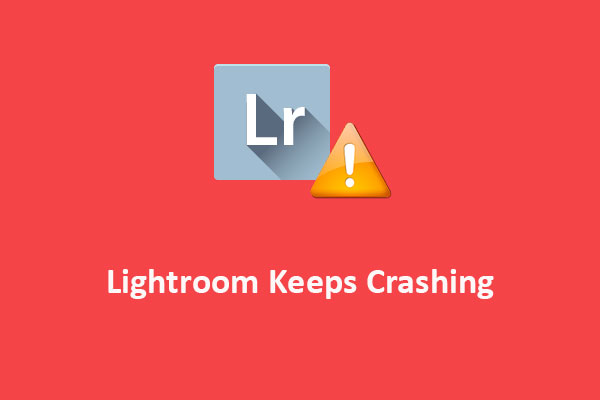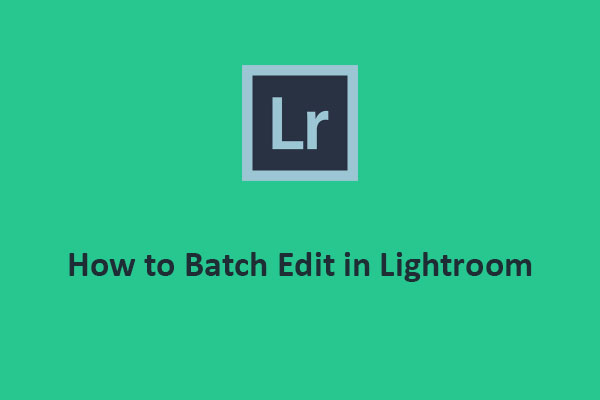When it comes to enhancing your photos, choosing the right photo editing tool is very important. Adobe Lightroom is a powerful program that can help you take your photos to the next level. If you’re looking for an alternative to Lightroom, Capture One is a nice choice. The comparison of Lightroom vs Capture One is a topic of ongoing debate in the photography community.
Both programs allow you to capability to help you arrange, adjust, organize, edit, and export photos. However, they differ in their distinct features and functionality. Let’s now dive into this overall comparison of Capture One vs Lightroom performance.
MiniTool MovieMakerClick to Download100%Clean & Safe
About Capture One
Capture One is a photo editing software created by Phase One, a Danish company specializing in medium format photography. This tool is specifically designed for professional RAW processing and has gained popularity as an alternative to Adobe software due to its impressive features and image quality.
Capture One offers a wide range of features to organize, edit, and export your photos. In addition to supporting TIFF, PSD, JPEG, and DNG image files, the program is also capable of processing raw data from various digital cameras.
About Lightroom
Lightroom is another photo editing and organization software developed by Adobe Inc. It supports Windows, macOS, iOS, Android, and Apple TV, and is mainly used to import, save, view, organize, mark up, edit, and share large amounts of digital images.
Lightroom is non-destructive image editing software that separates the original image from any in-program edits and saves the edited image as a new file. With profiles designed for nearly 600 camera models and lenses, it has the capability to provide outstanding image quality and accurate colors that look true to life.
Capture One vs Lightroom: Image Quality
Next, we’ll compare Lightroom vs Capture One in terms of image quality. One of the main differences between Capture One and Lightroom is their approach to color rendering. This difference in color rendering results in a difference in image quality between the two software options. By default, Capture One provides slightly richer and more vibrant color rendering, closer to the color profile in which the photo was taken. On the other hand, Lightroom’s default styles are a little more neutral, and you can experiment with them with editing tools.
Capture One vs Lightroom: Editing Features
When it comes to editing, both Capture One and Lightroom provide a variety of features for color correction, cropping, spot removal, and sharpening. Nevertheless, there are some differences between the two in this regard.
Capture One offers more sophisticated editing tools that may appeal to professional photographers. For example, Capture One offers more advanced color grading tools and more precise local adjustments. In contrast, Lightroom offers a more streamlined approach, with a simpler interface and easier-to-use tools. It also features a collection of presets that help speed up the editing process.
Capture One vs Lightroom: Tethering
In terms of tethering, Capture One stands out with its superior functionality. Compared to Lightroom, it runs smoother and experiences fewer glitches. Capture One’s tethering capabilities are more comprehensive and sophisticated, providing greater control over camera settings, live view, and focus adjustments. This is where Lightroom falls short.
Capture One vs Lightroom: Price
Here we will compare Capture One vs Lightroom price. Capture One offers several pricing options, including Capture One Pro on desktop Subscription at $14.92 per month, All in One Bundle Subscription at $18.25 per month respectively, or a one-time payment of $299 to own your license outright. As for Lightroom, you can purchase it with an annual plan starting at $9.99 per month or $119.88 per year.
Final Verdict
The choice of Capture One vs Lightroom will depend on your personal preferences and needs. Both offer powerful tools for organizing and editing photos, but they differ in their approach to color rendering, editing tools, tethering, and price. It’s worth trying out both to determine which one suits your needs best.




User Comments :